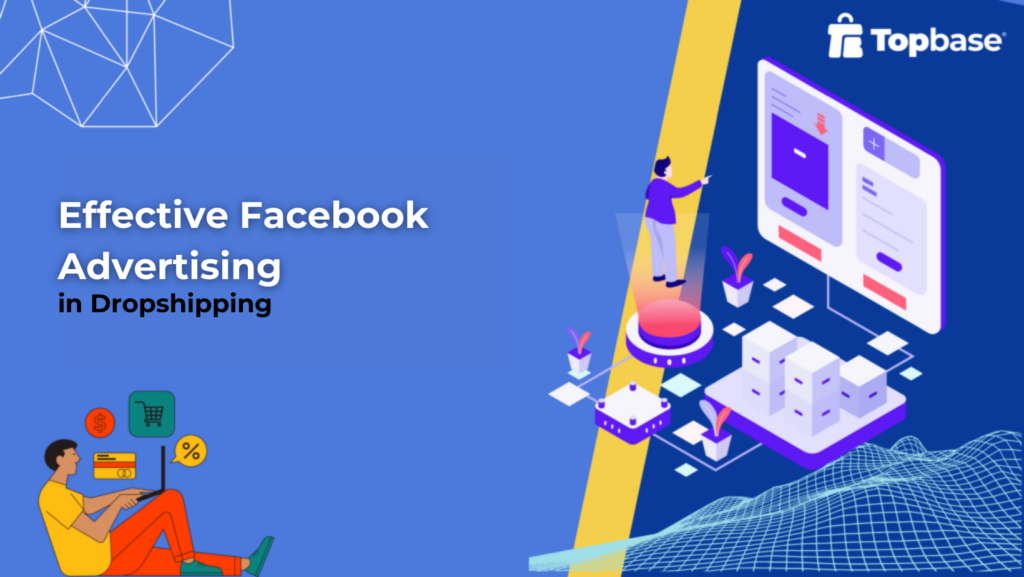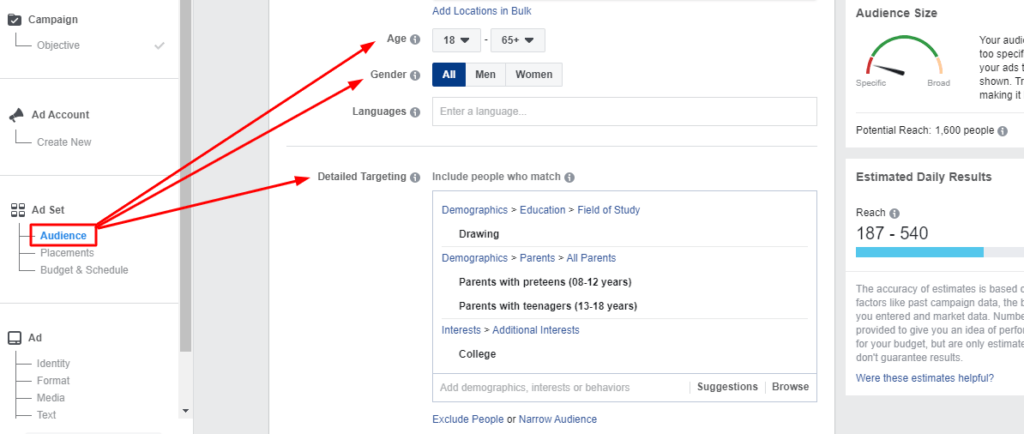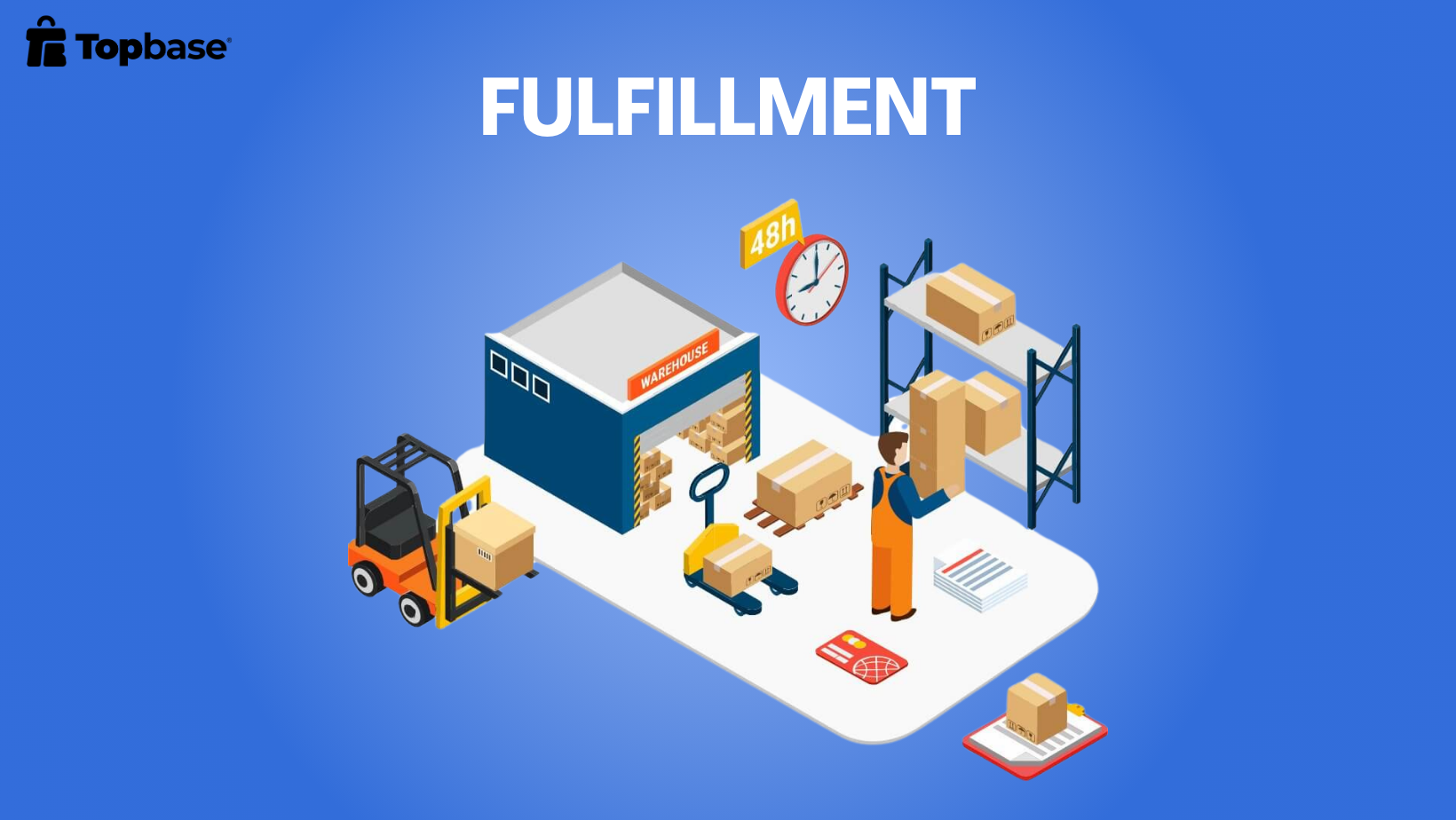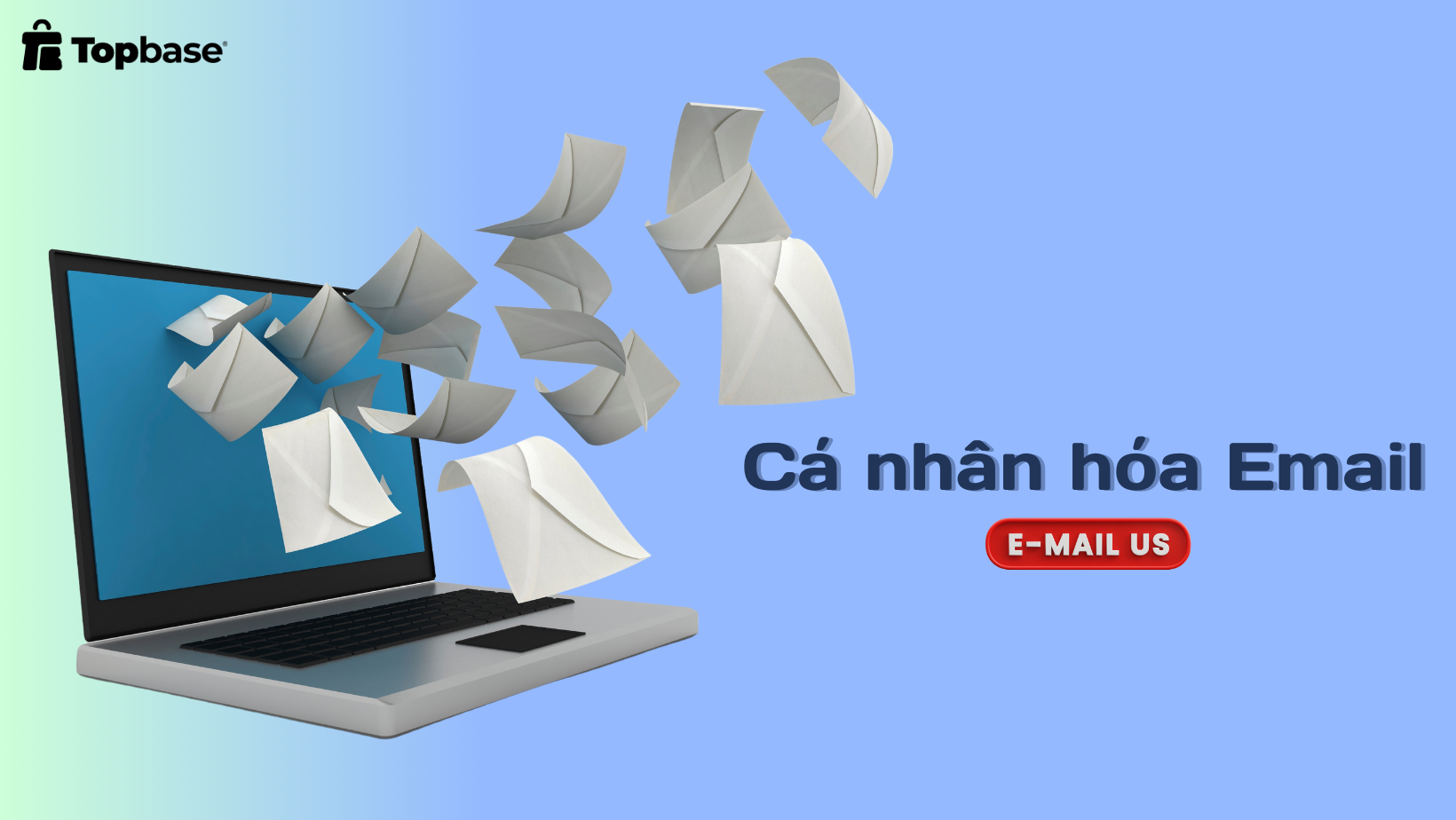
Facebook attracts a substantial user base, with a significant portion potentially becoming your prospective customers. To maximize this opportunity, a robust Facebook advertising strategy is essential.
As of June 2019, Facebook boasts 2.41 billion monthly users, equivalent to over one-third of the global population. This emphasizes the vast audience logging into this social platform every month, particularly from both developing and developed countries.
In simple terms, Facebook offers an enormous, cannot-be-ignored opportunity, especially for e-commerce businesses. Despite the array of promotional tools, some dropshipping businesses struggle to build a high-performing advertising strategy.
Targeting the Right Audience
Can you truly convince someone to buy a product if you don’t understand who your buyers are and what they want? Any advertising campaign begins by identifying potential customers.
For example, let’s say you want to dropship office supplies.
Who might be interested in this product?
What about students? They go to school and need plenty of notebooks and pencils! Seems right. However, most students don’t have credit cards for online shopping. Therefore, they might ask their parents to buy something for them.
So, the target audience here could be adults.
What do they do?
In my opinion, college students need office supplies, as well as office employees. What about those with a talent for poetry or painting? I think they might be interested too. And, of course, I can sell my products to the parents of the students mentioned earlier.

Setting up a “Office Supplies” ad on Facebook
As you can see, in just 5 minutes of thinking, I have conditions based on age, occupation, and interests – and I can continue to add more conditions.
You can also use various services and tools like Google Analytics, Facebook Page Insights to research potential target audiences.
“Cold”, “Warm”, and “Hot” Customers

Now that we know which audience might buy our products, we need to reach out to them. Potential customers may not want to buy your product. In fact, they might not even know about you.
In digital marketing, the “sales funnel” is used to represent different segments of your target audience:
- Those who don’t know about your brand
- Those who know you but don’t want to buy your product
- Those who want to buy but are hesitant, etc.
These “funnels” can be complex. So, to simplify, you can categorize your potential customers into three types: cold, warm, and hot.
Facebook Advertising Strategy: Objectives
Whenever you change Facebook advertising campaigns, you can choose one of 11 objectives. Each objective determines how the system approaches people.
For example, if you choose the “Awareness” objective, Facebook will try to show your ads to as many people as possible because it doesn’t imply any interaction with the ad. This is suitable for increasing brand awareness for a “cold” audience. If you set the goal as “Engagement,” Facebook will try to show your ads to people more likely to interact with the post.
Facebook Advertising Strategy: Using Lookalike Audiences
Understanding your potential customers can be either straightforward or challenging. If you’re struggling to identify your target audience, you can use this strategy.
- First, attract customers (cold) by promoting a product through a short video under 10-15 seconds. At this stage, all you want is to find people interested in your product. You need at least 2000 views, the more, the better. Those who watch 95% of the video are called custom audiences, and you can consider them “warm” customers.
- Then, use the “Lookalike Audience” feature. This allows you to “boost” another post by showing it to users similar to your newly created custom audience, meaning those who have watched 95% of your video. It could be age, occupation, hobbies, family status – let Facebook decide who to target. At this stage, you want to expand your custom audience and direct them to your dropshipping store.
- As a result, you’ll have another (warmer) audience, not only showing interest in your brand but also visiting your website. Now you can create another “Lookalike Audience” and persuade some of them to make a purchase or provide their email.
Facebook Advertising Strategy: Testing on Dropshipping Stores
Surely, you know that we have our own dropshipping stores that we use to test advertising strategies. Below are two simple strategies our team uses to promote stores on Facebook.
Strategy #1
This strategy consists of two steps:
Step 1. We start by creating an “Engagement” campaign (Engagement is the number of people who click anywhere in your post). We boost a post that will drive traffic to one of our stores. It doesn’t matter if people make a purchase or not. Even if they just look at the product and leave, it’s enough. Now we have a list of people interested in our business.
Engagement Campaign
Step 2. Retarget these visitors on Facebook or any other social media platform by sending them an ad with a little “enticement” like a discount, limited-time offer, etc.
Strategy #2
Step 1. This step is a bit different. Instead of starting an “Engagement” campaign, we start a “Traffic” campaign. So, our goal is to drive traffic to our store. This campaign costs more, but the efficiency will be significantly higher.
Step 2. Once again, we retarget these visitors to turn them from visitors into customers.
While these strategies may seem simple, they work quite well, especially when you have a clear target audience. However, you also need to make sure all your ads are persuasive. Here are some simple tips to ensure the effectiveness of your ads.
Facebook Advertising Tips
Relevant Ads
Both you and I know it’s annoying to receive an ad about something you’re not interested in. Yes, I like anime, but I definitely won’t wear a maid dress.
Short Ads
The majority of people are “lazy” readers. However, if, for some reason, your ad catches someone’s eye, don’t scare them away with an ad as long as a novel.
Use Images
Images are easy to attract customers. Video is the most effective. However, don’t use blurry, low-quality images and try to make videos no longer than 60-90 seconds or even shorter.
Add an Enticement to Ads
Most ads target those who show a certain level of interest in your products. But if you just show them your product, it’s not enough. So, you have to give them a little “enticement.” As mentioned above, it could be a discount or a limited-time offer – anything that makes someone think, ‘If I don’t buy now, I’ll regret it later!’
Use Calls to Action (CTA)
Every ad should end with a CTA like visiting your website to see other products, learning more about something, getting a discount code, or making a purchase.
Test
There’s no one-size-fits-all strategy. Different niches may require different approaches. So always test new ideas.




